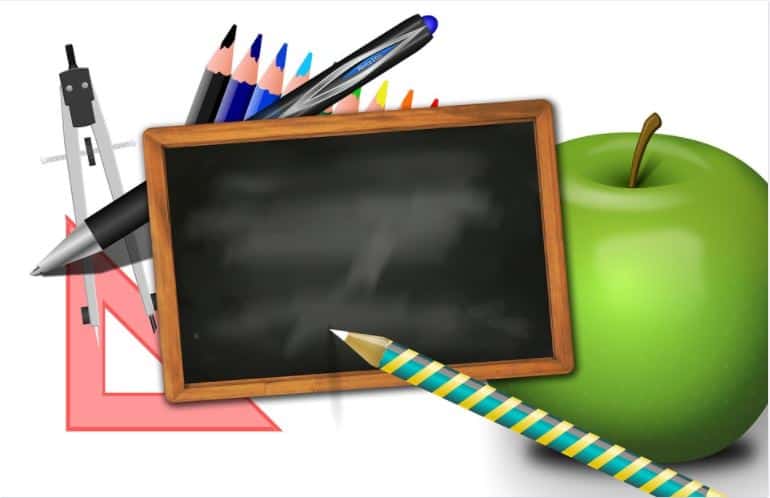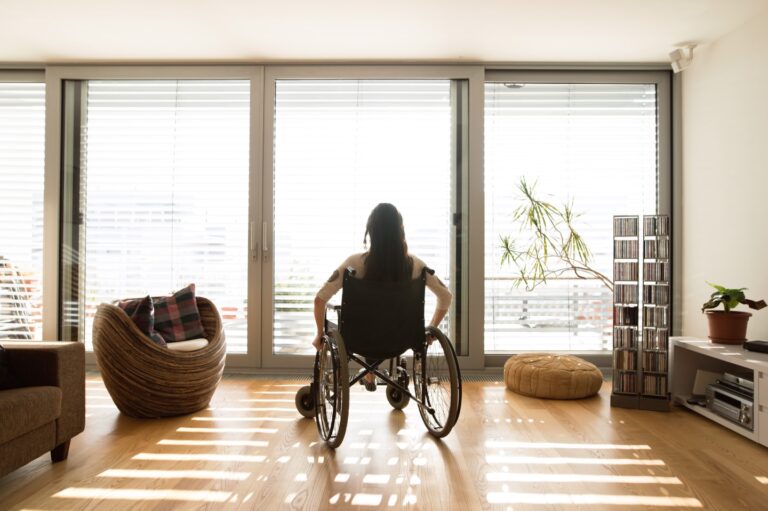
Spinal injury and Education – What now?
Sustaining a life changing injury like a spinal injury at a young age can cause individuals to experience many challenges but education should not be one of them. There is no reason why children with spinal cord injuries should not have a positive education experience and be able to flourish and achieve their goals.
I act for clients who have sustained spinal injuries as a result of accidents or clinical negligence. I know that no spinal injury is the same and that every child has specific requirements and needs. It is imperative that parents and care givers are aware of what support is available, so that they can access the correct support during the various stages of a child’s education.
In my experience, people’s understanding of what life is like with a spinal cord injury can be very limited. There is a common perception that a spinal cord injury is summed up by the need to use a wheelchair. Consequently, there is a perception that if a school is ‘accessible’ then a child’s needs can be adequately met. However, as anyone with a spinal cord injury will tell you, their needs go beyond simply requiring ‘access’. Getting that knowledge across to education providers and local authorities is a significant part of the battle when it comes to ensuring a child’s true needs are met.
What could my child’s needs be:-
Some of the needs of clients I have acted for are as follows:-
Mobility
I have had clients who are wheelchair users but I have also had clients who can walk using orthotics or other mobility aids. For my clients, being reliant on mobility aids routinely means that it has taken them longer to move between lessons. Missing the first 5 minutes of every lesson soon adds up! For other clients their morning routine can take longer than the average child, meaning that they have to get up earlier and even getting to school can be more challenging. This can impact a child’s energy levels meaning a child with a spinal cord injury can arrive at school having already had a long morning.
Bladder
Clients I have acted for have been bladder incontinent and as a result are catheterised. This is very intimate care and for younger clients they often need the assistance of others in a suitable environment such as an accessible toilet. It also may need to be carried out at very particular times which may not align with school break times. Inadequate bladder care can lead to bladder infections and so it is vital the proper consideration is given to this aspect of a child’s care.
Bowels
It is common for those with a spinal cord injury to no longer have control over their bowels and whilst bowel regimes aim to minimalise the chance of bowel accidents, they do happen. It is something that is simply beyond the control of a spinally injured child. However, if schools have appropriate facilities such as accessible showering facilities, this can be dealt with on site, limiting the risk of too much learning time being missed.
Therapy needs
Often children with a spinal cord injury will require specialist therapy; for example physiotherapy or occupational therapy. Whilst this is often completed outside of school hours, it is important that any school understands the importance of this type of therapy and the additional burden it places on a child’s ‘free’ time. Additionally, due to the amount of time that children spend at school, some therapy may need to be completed at school or risk being neglected. For example, it is not uncommon for children with a spinal cord injury to need to spend periods of time standing during the school day, using a standing frame or other equipment such as callipers. As well as the need to store such equipment and assist any child in using the equipment, consideration should also have to be given to the child’s surrounding environment, for example the desk or table they will access and how they will be included within the lesson as a whole.
This is not an exhaustive list but provides examples of some of the challenges that can be faced on a daily basis.
What can be done:-
Accessing the correct support during education is important. However, the education system is not easy. Communicate with the education provider, whether it be a nursery or school and identify the needs of your child and plan ahead.
It may be necessary to request an Education and Health Care Plan (‘EHCP’) assessment from the Local Authority. This provides an opportunity to implement support and the plan deals with medical, emotional, academic and social needs. This may be the only way of accessing the additional specialist provision that is required but be warned, the process of getting an EHCP is not a quick one and can take up to 20 weeks.
In my experience, children with spinal injuries can have an EHCP. The person will be eligible if their needs and injury impact on them being able to access and participate in education. You should seek advice on applying for an EHCP to ensure that as much information as possible is provided. Speak to the school’s Special Educational Needs Co-Ordinator (SENCO) or contact a specialist organisation for free support, such as IPSEA.
What happens if we get rejected:-
If the Local Authority refuse to assess for an EHCP or if the Plan is issued but is not sufficient to meet needs, then you can appeal. The process of appeal may involve mediation or require an appeal to the SEND Tribunal (SENDist). You must send an appeal form to the SEND tribunal within two months of the date of the decision you are appealing or the final EHC plan or one month from the date you receive the mediation certificate. which is the later.
Although an appeal may seem daunting you should not be put off appealing. Often children who have spinal injuries are rejected on the basis that they “just have a physical disability rather than learning difficulties”. However, the legislation is clear that physical disabilities are covered and as detailed above, the needs of a child with a spinal injury are often complex and local authorities may well need to be educated about the impact a spinal cord injury can have.
Also, remember you are not alone. Disputes heard by the SENDist have more than doubled since 2015. However, of those in 2020, 92% of the appeals were found in favour of the child or young person. Therefore it is not an avenue that should be readily dismissed.
What happens if the needs change?
An EHCP has to be reviewed every year and for younger children (under 5) it is often reviewed more frequently than this. There is the opportunity therefore to amend the plan as appropriate, if the needs of the individual have changed.
However, it is advisable to try to think ahead as to what the needs may be so that they these can be addressed when they come to fruition rather than there being a delay, which can cause unnecessary distress.
Summary:-
- Communicate with education providers;
- Consider timescales – the process of getting an EHCP can take up to 20 weeks and even longer if appeals are needed;
- Consider evidence that will be required to demonstrate the needs and consider seeking specialist advice;
- Don’t be afraid to appeal a decision
Taking into account all of the above, parents, children and education settings can work together to ensure the individual reaches their potential.
Rhiannon Daniel is an IPSEA-qualified special educational needs advisor.










